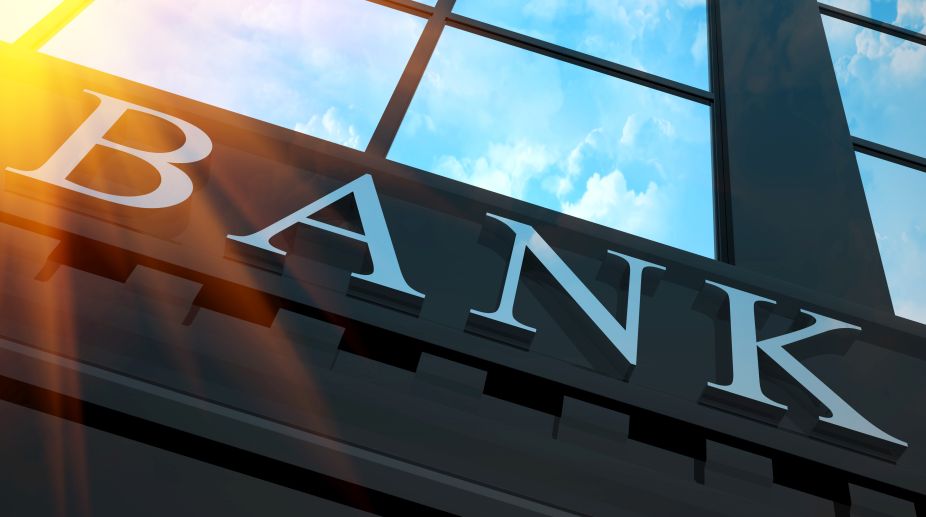Govt targets paying pending wages to lakh plus MGNREGA workers
The state government has targeted to pay pending wages to more than one lakh migrant Mahatma Gandhi NREGA workers by 1 March.

(Photo: Getty Images)
Stressed assets of Indian banks will increase through 2019 and capitalisation will remain a key credit weakness for state-owned lenders which will need up to Rs.95,000 crore additional capital over the next two years, Moody's said on Thursday.
Public sector banks (PSBs) have limited ability to raise external capital and hence infusion by the government remains the only viable source for shoring up capital base, Moody's Investors Service said in a report-'Indian banks' capitalisation profiles worsen; asset quality outlook remains weak'.
Moody's Indian affiliate, ICRA said the asset quality outlook for the banking sector will remain weak. Gross Non Performing Assets (NPAs) or bad loans will increase to Rs.8.2 -Rs.8.5 lakh crore (9.9-10.3 per cent of total advances) by the end of 2017-18 as against Rs.7.65 lakh crore (9.5 per cent) at the end of March 2017.
Advertisement
"In our central scenario, we estimate that the 11 Moody's rated public sector banks will require external equity capital of about Rs.70,000-95,000 crore, or about $10.6- 14.6 billion," Moody's VP and Senior Analyst Alka Anbarasu said.
"The stock of impaired loans will increase during the horizon of this outlook, but at a slower pace versus the last two years," Moody's said
The capital requirement is much higher than Rs.20,000 crore budgeted by the government towards capital infusion until March 2019.
Under the Indradhanush plan for bank recapitalisation, government is to infuse Rs.70,000 crore in PSU banks beginning 2015. Of this, the government has already infused Rs.50,000 crore in the past two fiscals and the remaining will be pumped in by the end of 2018-19.
As per the plan, PSBs need to raise Rs.1.10 lakh crore from markets, including follow-on public offers, to meet Basel III capital adequacy norms, which kick in from March 2019.
While it expects credit costs to stay broadly in line with the levels during the last fiscal, Moody's does not expect any material improvements in the banks' profitability profiles over the next two years.
"Capital infusions from the government remain the only viable source of external equity capital, because of the public sector banks' low capital market valuations, which would likely continue to deny them the option of raising fresh equity from the capital markets," the US-based agency said.
Because the pace of NPA resolutions is sluggish, ICRA's outlook on the banks' asset quality remains weak, even as the pace of fresh NPA generation slows.
"We estimate the fresh NPA generation at 5.5 per cent for FY'17 as compared to 6 per cent for FY'16 while the overall stressed assets for the banking system stood at estimated around 16-17 per cent as on March 2017," ICRA Group Head, Financial sector ratings, Karthik Srinivasan said.
It said the recent Ordinance issued by the Government of India for amendment in the Banking Regulation Act of 1949 is a positive for the banks, because it highlights the urgency and the willingness of the government to resolve the stressed asset challenges of the banking system.
Moody's further said that its stable outlook for non- financial corporates in India over the next 12-18 months reflects in large part the country's sustained economic growth.
It believes that its high GDP growth forecast for India of 7.5 per cent for current fiscal and 7.7 per cent for next fiscal, capacity additions and stabilising commodity prices, will support EBITDA growth of 6-12 per cent for corporates over the next 12-18 months.
ICRA said a revival in consumption demand, lower input costs and structural reforms will support a gradual recovery in the corporate sector.
The agencies further said that a well-distributed and timely monsoon would be pivotal for the continued recovery in the performance of a range of retail loans impacted by demonetisation.
A normal monsoon, coupled with thrust from the government policies such as minimum support price (MSP) and welfare schemes like NREGA would help improve rural household incomes and consequently repayment ability on loan obligations.
Advertisement